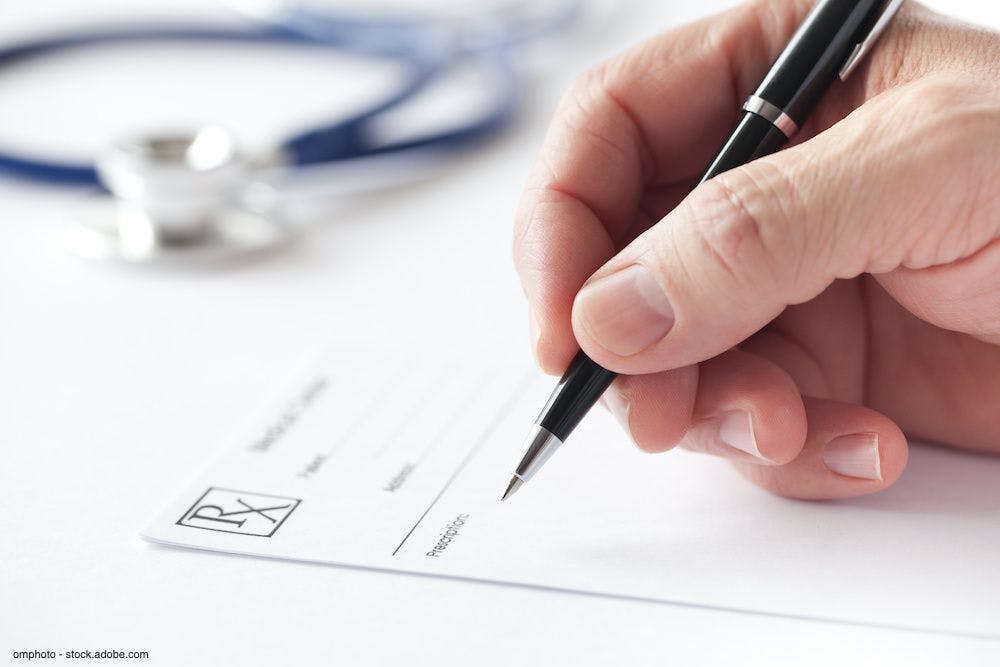Publication
Article
Urology Times Journal
What are your options for billing for ureteral stent removal?
Author(s):
Use CPT code 52310 when a dangle is within the urethra and a grasper is used.
Jonathan Rubenstein, MD

What is the correct coding for a patient who has a stent removed with an externally accessible dangle or if a cystoscopy is performed to remove a dangle within the urethra?
There are a number of CPT codes that can be used to bill the work to remove a stent from a patient depending on the situation, and there are times when no separate CPT code exists and the work for removing a stent is included in the office visit.
Let’s start with the first situation: a “dangle” attached to the stent is used for removal of the stent. There is no CPT code to describe the situation when a patient has a stent removed with an externally accessible component such as a string or dangle. The work of removing a stent in this manner is included in the evaluation and management visit.
Mark Painter

In the situation where the dangle is still within the urethra and a cystoscope is used to perform urethroscopy and a grasper is used to grab the dangle for removal, use CPT code 52310 (Cystourethroscopy, with removal of foreign body, calculus, or ureteral stent from urethra or bladder [separate procedure]; simple).
There are some who may be tempted to use CPT code 50386 (Removal [via snare/capture] of internally dwelling ureteral stent via transurethral approach, without use of cystoscopy, including radiological supervision and interpretation) to remove a stent on a dangle that is within the urethra using an instrument to grasp the non-visualized dangle without the use of cystoscopy. However, CPT code 50386 is located in the ureter section of the CPT code book. As the full description implies through its location in the CPT manual and the description, the removal of internally indwelling stent reported with this code would require the use of a snare or capture to directly grasp and remove the stent without the use of a cystoscope. The inclusion statement “including radiological supervision and interpretation” refers to the fact that the procedure would usually require radiologic guidance for the capture or snare to guide the instrument to the stent without the use of the cystoscope. The inclusion would also prevent the separate reporting of a radiological guidance code such as fluoroscopy.
It should also be noted that the relative value units (RVUs) for 50386 were based on the average case reported for the code, which included the use of anesthesia and imaging to place a rigid biopsy forceps into the bladder to remove the stent. Understanding the average case used to develop the RVU provides some additional insight into the intention of the code and can be used by payers to determine appropriate code usage in a chart review.
Despite the fact that anesthesia and radiologic supervision are not required within the description of the code itself, if you are snaring or capturing a dangle in the urethra and remove the stent in this manner, you have not met the definition of code 50386.
Unfortunately, we do not have an accurate code to report a removal of a stent in this manner. Similar to a stent removed via an externally accessible dangle or a catheter, we would recommend including the removal of the stent via a dangle snared in the urethra in an evaluation and management code or reporting the service with an unlisted code.
Send coding and reimbursement questions to Jonathan Rubenstein, MD, and Mark Painter c/o Urology Times®, at urology_times@mmhgroup.com.
Questions of general interest will be chosen for publication. The information in this column is designed to be authoritative, and every effort has been made to ensure its accuracy at the time it was written. However, readers are encouraged to check with their individual carrier or private payers for updates and to confirm that this information conforms to their specific rules.


























